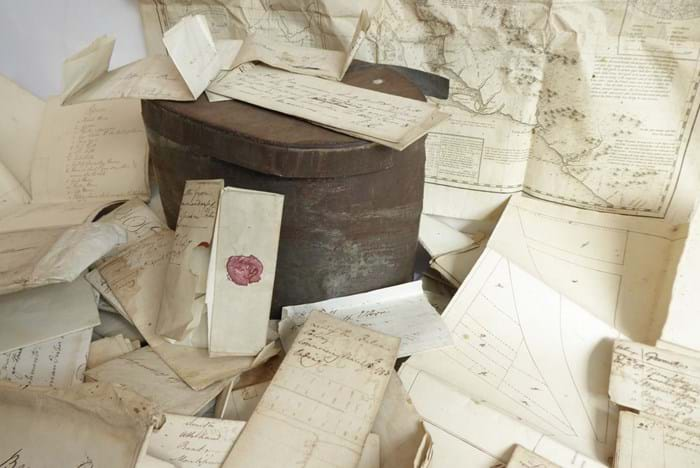
They set sail in 1792 for the uninhabited island of Bulama (or Bolama) off the coast of Sierra Leone but were reduced to three in just 17 months.
Their aim was to prove that sugarcane, coffee and cotton could be cultivated profitably in West Africa without slave labour.
Indeed, the brainchild of the experiment, Henry Hew Dalrymple (1750-95), intended to employ his family’s slaves, who he had recently freed from their plantation on the Caribbean island of Grenada, at Bulama.
Dalrymple had joined the slavery abolitionist movement and supported and met with leader of the movement in Britain William Wilberforce MP.
His philanthropic scheme attracted like-minded men in London as well as labourers and their families who were needed to help develop and settle the new island.
However the project was a disaster with some attacked by hunters from a neighbouring island on arrival while others succumed to fever during their short time on the island.
One of the survivors was the settlement’s 27-year old governor Lt (later Capt) Philip Beaver RN, who reluctantly returned to London in 1793, taking with him a tin box containing the colony’s records, which he used as the basis of his book African Memoranda (1805).
The Bulama papers, which number about 90, have barely seen the light of day since, until they were rediscovered by the descendants of Captain Beaver earlier this year.
They are now on offer at Tayler & Fletcher’s October 29-30 auction in Cheltenham estimated at £2000-3000.







